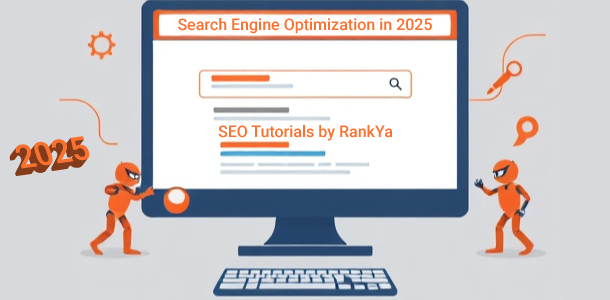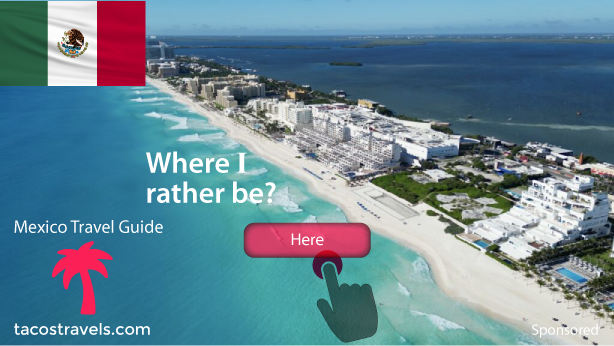What is SEO? Search Engine Optimization improves your website’s visibility in search engine results pages (SERPs). Compared to previous years, SEO in 2025 is very different due to latest Google changes. In this blog post, I’ll share with you tips and insights for staying ahead in search engine rankings.
Video Tutorial Showing SEO Tutorials for 2025
Keyword Research
- Use tools like Google Keyword Planner.
- Target long-tail keywords that match search intent.
- If resources allow, then, you can also analyze competitors’ keywords to fill content gaps.
Focus on User Experience (UX)
Usability Core Web Vitals: Optimize for speed, interactivity, and visual stability.
Page Speed: Ensure your site loads in under 2 seconds.
Mobile-Friendliness: Use responsive design and test on various devices.
Accessibility: Make content easy to navigate, readable, and inclusive.
Original Content is King in 2025
Create and publish High-Quality Original Content:
- Address user questions and solve problems.
- Keep content up-to-date.
- Aim for E-E-A-T (Experience, Expertise, Authority, Trustworthiness).
Now that you know what content is about (textual information, images, videos, PDF’s or any other file format) on a given website, I’ll show you how to optimize the content.
What Google Wants from Your Website in 2025
Creating helpful, reliable, people-first content is what Google wants from all websites. In terms of SEO in 2025, the most important factor now is content that is diverse. For example: video content, PDF content, image content to cater for diverse people wanting different format of content.
Formats you can easily use: blog posts, videos, infographics, and interactive elements.
Step 1 On-Site Optimization
Onsite optimization can be various factors depending on the type of website. For content management systems such as Shopify Squarespace WiX GoDaddy Website Builder etc. you can not do much. However, for self-hosted websites you can at least optimize:
- Delete unused files and folders
- Optimize Database (drop unused tables)
- Optimize .htaccess file
- Create robots.txt file (include Sitemap link)
- (if you can afford it, use a better web host)
Step 2 On-Page Optimization
For On-Page search engine optimization the most critical factor is your use of keywords (and variation of keywords (synonyms, past tense, plural etc.)). You can also focus on:
- Title tags (include the main target keywords in the order of target)
- Meta descriptions (describe page content include enticing words to get higher click-through rates)
- Headings (H1, H2, etc.) (include keywords, grab attention)
- URL structure (make it human readable, include keywords)
- Optimize images (include important keywords intelligently only when its appropriate to do so) (don’t need to use image compression plugins)
- Add descriptive alt tags for images (whatever the file name, you can use it in alt tag for images) (remember, text in alt tags are analyzed and indexed by Google)
- Have clear navigational structure that is easy to access. Internal link using keywords within Main Content area
- Have important informational links (contact page, privacy policy at minimum) (for eCommerce, shipping policy return policy at minimum) (for local businesses about us page)
We’ve created a simple SEO PDF for 2025 which shows you more On-Page SEO Insights.
Step 3 Technical Search Engine Optimization
- Site Structure: Use a clear hierarchy with internal links. Optimize navigation for users and crawlers.
- XML Sitemap: Submit to search engines for better indexing.
- Robots.txt: Control which parts of your site are crawlable.
- Secure Website: Use HTTPS for security.
- Structured Data Markup (Schema): Improve visibility with rich snippets.
Important Off-Page SEO Factors for 2025
- Backlink Building: Get high-quality links by publishing sharable content.
- Social Signals: Promote your content on social platforms to increase visibility and traffic.
- Online Reputation: Monitor and respond to reviews.
Use RankYa’s Proven Formula for Backlinks for SEO in 2025
- Create New Original Website: you can create a brand new website on a new domain, upon following Google guidelines, when you create useful original people first content on your new website, you can use it to get 1 or 2 backlinks.
- Renew Expired Domain: find expired domain that has published useful original content, expired domain with quality backlink footprint. Re-Register the expired domain, and re-publish useful original people first content for backlink.
- Use Different File Formats as far as Google is concerned, a link is a link. This means, be it images, videos, PDF’s or any other type of media format can be used for backlinks.
Local SEO
- Google Business Profile: Claim and optimize your Google Business Profile.
- Local Keywords: Include location-based terms in content.
- NAP Consistency: Ensure your Name, Address, and Phone are consistent across online platforms.
When you reply to reviews, or, post updates use keywords intelligently. For example: review reply can be “Thank you for your feedback, we’re happy that your windows are now repaired professionally. Please do recommend our business for anyone in SUBURB needing their windows repaired.
AI and SEO – Do’s and Don’ts
- DO Use AI-Powered Tools: to generate content ideas and analyze trends.
- DON’T Use AI-Powered Tools: to create content and publish on your website.
Analytics and Optimization
- Use Google Analytics 4 (GA4) and Search Console to track user behavior and site performance.
- Monitor keyword rankings and identify pages with high bounce rates or low engagement.
- Regularly audit and update your site to stay competitive.
Can I Do SEO on My Own?
How Can I Start SEO as a Beginner?
Is SEO Still Relevant in 2025?
Stay Updated
Adapt to Google guideline updates and trends like AI, personalization, and zero-click searches. By implementing these strategies, you’ll stay ahead in 2025’s ever-evolving SEO landscape.


